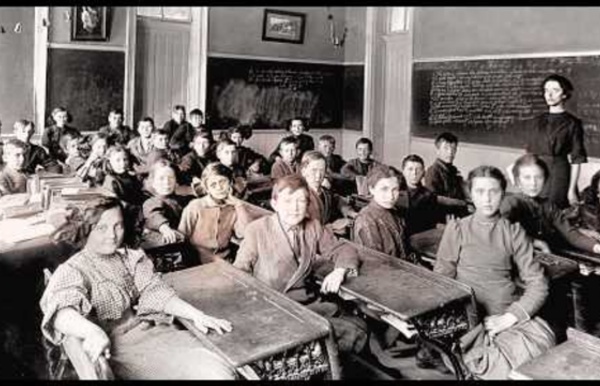



http://www.youtube.com/watch?v=Ax5cNlutAys
Related: At-Risk Education Tools • Osorterat50 Activities To Promote Digital Media Literacy In Students 50 Challenging Activities To Promote Digital Media Literacy In Students by Terry Heick Literacy is changing–not at its core necessarily, but certainly at its edges as it expands to include new kinds of “reading.” Digital media is quickly replacing traditional media forms as those most accessible to most 21st century learners. The impact of this change is extraordinarily broad, but for now we’ll narrow it down to changes in how learners respond to the media they consume. The most fundamental pattern of formal academia is to read something and then write about it.
Open Educational Resources (OER): Resource Roundup OER, a part of the global open content movement, are shared teaching, learning, and research resources available under legally recognized open licenses -- free for people to reuse, revise, remix, and redistribute. Why are OER important? High-quality OER can save teachers significant time and effort on resource development and advance student learning inside and outside the classroom. Further, open sharing of resources has the potential to fuel collaboration, encourage the improvement of available materials, and aid in the dissemination of best practices. For more about the potential of OER, check out "5-Minute Film Festival: Why Open Education Matters." There has been an error with the video. SELearn Educator Portal We know that materials matter. Mounting evidence suggests that providing teachers with access to high-quality, standards-aligned instructional materials and curriculum-based professional learning can result in improvement in student outcomes, making this a research-based school improvement strategy. More about this research here.
16 OER Sites Every Educator Should Know Open Educational Resources | Feature 16 OER Sites Every Educator Should Know By Dian Schaffhauser07/02/14 18 Digital Tools and Strategies That Support Students' Reading and Writing Marissa Broyles taught English and social studies to a class or sixth graders who needed extra support last year. She experimented with many of the tools Levesque has compiled and saw how her willingness to be flexible as a teacher made her students feel supported. One girl with dyslexia could easily have been mistaken for being further behind than she really was because of how much she struggled with writing.
Pre-writing - Inspired Writing Padlet.com - How To Video Build a Wall to: generate topics to write about, starter sentences, small moments, interesting adjectives.... Include images, links, video to better describe/explain what you added to the community wall. Use this tool for any or all the parts of the writing process to capture your notes and/or media. Use it to show sequence of events in a story (first, second, third...). Try it as a whole class "Word of Day using it in a sentence".
Program Design FUSE Grants now available for 2016-17 school year! Applications open now thru Feb. 15, 2016. FUSE is a new kind of interest-driven learning experience developed by researchers and educators in the School of Education and Social Policy at Northwestern University. 4 Ways to Improve Digital Equity in Your Classroom When we consider students' perspectives, small changes can have a big impact. As a former middle school teacher who taught in a lower-income, majority-minority school equipped with lots of "high tech" tools, I often wondered about equity when it came to edtech. For me, students' access to tech at school wasn't the issue. However, I knew that things were a lot different once students left my classroom.
Which Digital Citizenship Skills Do Students Need Most? Dig in to new research and get tips on how to make your digital citizenship instruction more relevant and effective. Digital citizenship has emerged as a top priority in U.S. schools and classrooms. In fact, six out of 10 educators are teaching some kind of digital citizenship skill every month. To find out more about this growing effort, we've completed a first-of-its-kind research report, The Common Sense Census: Inside the 21st-Century Classroom. This research gives a unique window into today's classrooms, including the challenges and opportunities teachers see in managing technology and using it to enhance student learning.
Primary school encourages pupils to wear slippers in class Children at an East Midlands primary school are being encouraged to wear slippers in class. Findern primary in Derby introduced the idea after one of the teachers came across research that found the relaxed approach to footwear improved academic results. The decade-long study, by researchers at Bournemouth University, found that allowing pupils to remove their shoes, as is custom in Scandinavia, helped them to engage better in class.